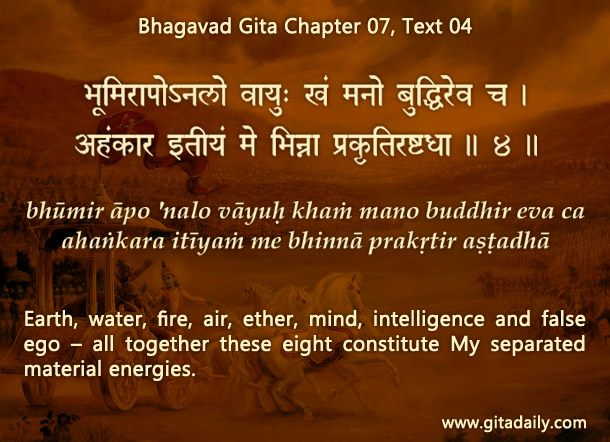Spiritualism is the study of spirits, wherein spirits refer to disembodied beings such as ghosts. Spirituality, on the other hand, is the exploration of the spiritual side of reality, wherein spiritual refers to the non-material.
The Bhagavad-gita offers a triune vision of reality: it comprises the gross material or physical realm, the subtle material or mental realm and the spiritual realm. We ourselves are souls, spiritual beings who are covered by the mind and the body. Within this classification, spiritualism usually refers to the mental realm, for disembodied beings are essentially souls like us, but they have only subtle bodies, no gross bodies.
Integrating these three levels of reality, the Gita (07.04-05) declares that the physical body, the mental body and the soul are all energies of the supreme spiritual reality, Krishna.
So, spiritualism can be compared to the shadow of spirituality. When we see the shadow of a person, we infer the existence of something that has cast the shadow. We may be either alarmed or piqued if we are not expecting anyone or don’t know who it is.
Some of us may not see the shadow, but if we directly meet the person, then we know who it is – thereafter, our seeing or not seeing the shadow doesn’t matter. Similarly, some of us may have had some encounter with some spirits, which may have alarmed or piqued us. Some of us may have never had such encounters, but if we follow the time-honored process of yoga, especially bhakti-yoga, we can raise our consciousness to the spiritual realm and connect with Krishna.
Since bhakti-yoga can take us to the summit of spiritual reality, bhakti seekers don’t dabble with spiritualism – they acknowledge the possibility of such paranormal communication, but focus on the supreme transcendental connection, for that alone can bring us lasting satisfaction.
To know more about this verse, please click on the image
Explanation of article:
Podcast:


Leave A Comment